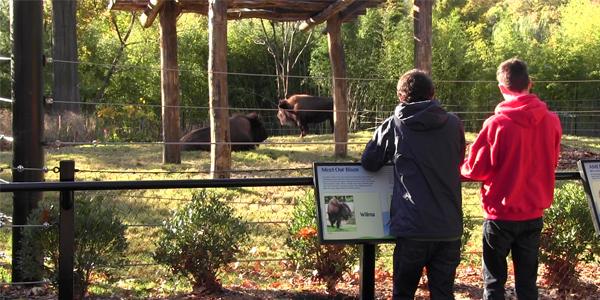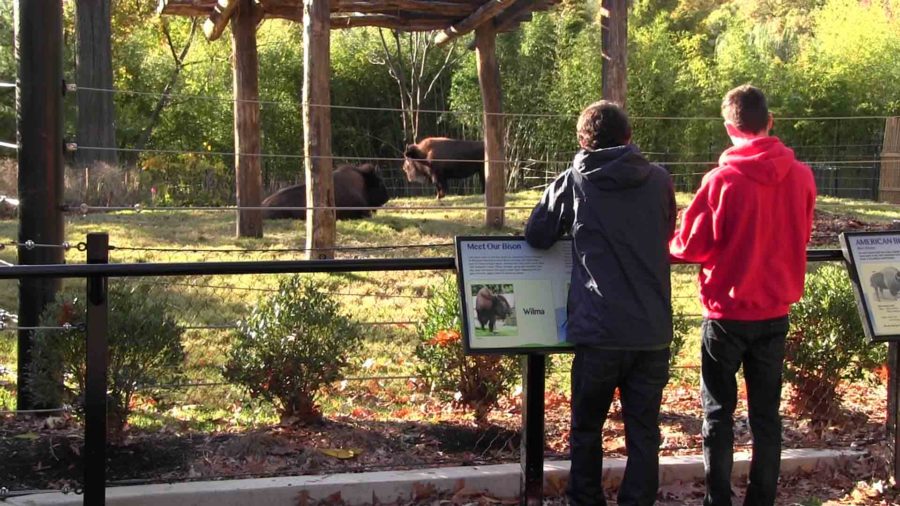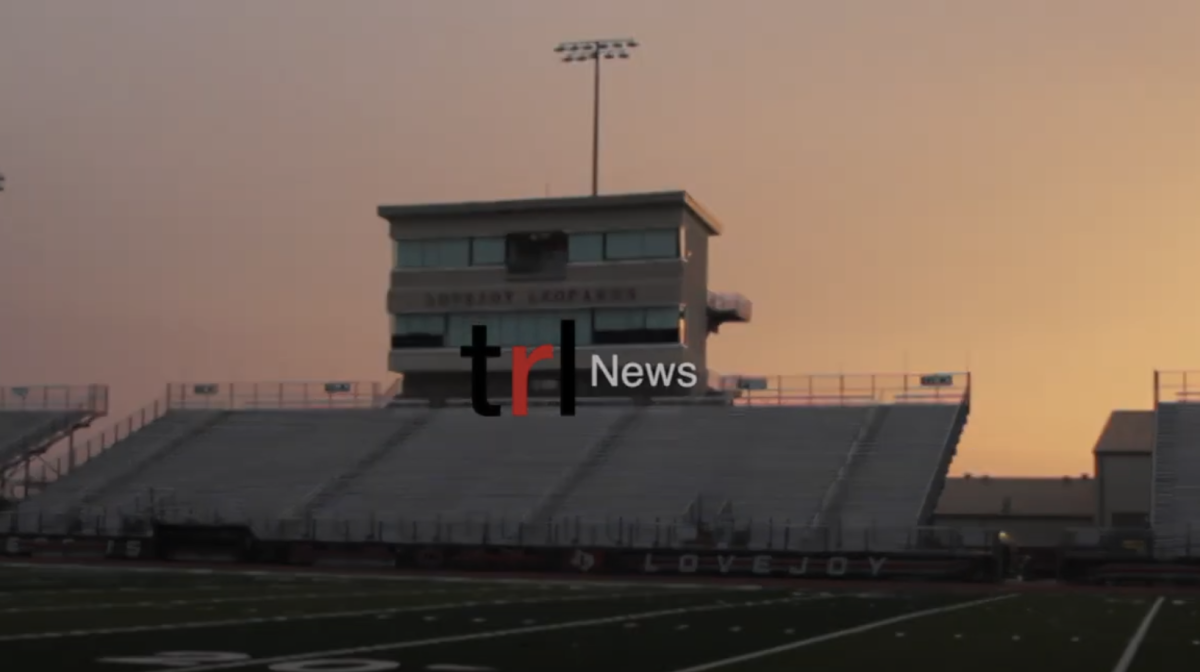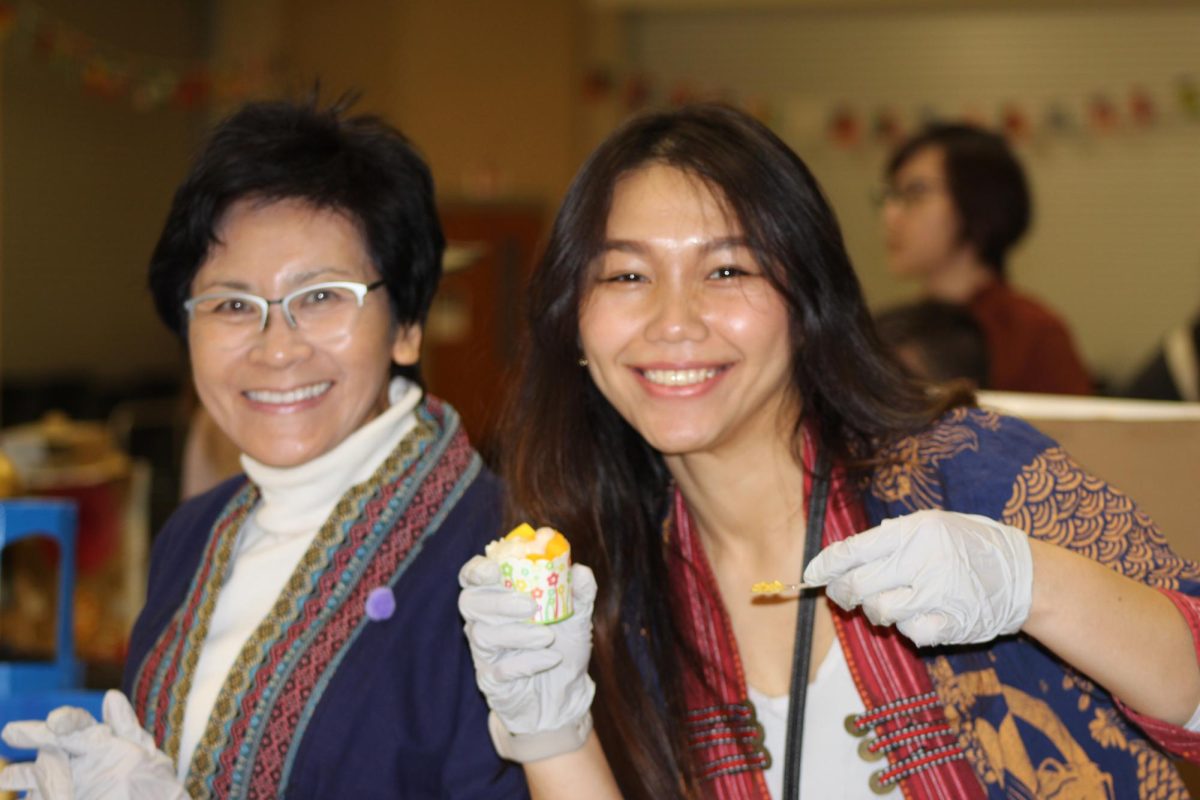
The 165-acre, 125-year-old National Zoological Park boasts the accomplishment of educating more than two million annual visitors with its 1,800 animals- and it does this all for free as a part of the not-for-profit Smithsonian Institution.
“(Free admission) has always been a serious part of the foundation of the institution, for the increase and diffusion of knowledge,” office representative of the Smithsonian’s visitor center Eric Grace said. “That was always the purpose of it from the beginning- so that’s always what we want to do: to educate and to teach.”
Accessibility to museums, zoos, and national parks allows for ease of education for many people.
“I think (availability of these things) is incredibly important,” principal Chris Mayfield said. “I think some of our national parks and areas highlight our history (as a nation), which is incredibly important in having our citizens understand and experience. People can watch and observe the real thing- real animals and natural resources and the beauty in these areas so that people can see and appreciate our country.”
Education through animals in their man-made habitats is a resource that, if done correctly, can lead to substantial discovery for visitors.
“Zoos can be such a great educational opportunity, I also think that since there’s some animals that are wild that come into a zoo, they need to be well taken care of and their most important criteria met,” Mayfield said. “It’s not the animals’ normal habitat but I think if it’s done well then that’s perfect.”
Zoos have to maintain safety and care of the animals as part of the Animal Welfare Act– and the National Zoo strives to provide the best life for its animals possible since its founding.
“At the Smithsonian’s National Zoo, the safety of our visitors, staff, and animals is our number one priority,” the Smithsonian Conservation Biology Institute said in an Animal Care Update on December 10, 2013. “Managing several hundred species is complex. Our team of professionals cares for thousands of animals, each one with its unique set of requirements and needs.”
The thousands of animals at the zoo, not just possible kids’ favorites, can also tie in to discovery at the mammal exhibits in the National Museum of Natural History.
“The kids see all the different animals at (the National Museum of Natural History) and they learn about all the ones that were here before the animals at the zoo now,” D.C. local Renee Jones said. “(Schools) take them on these trips to show them that there were other things in life besides how they are now, like how dogs used to look. They’re enjoying it.”
Schools and museums can often go hand-in-hand with field trips taking students to these educational resources, however typically the amount of field trips decreases after middle school.
“A couple of reasons that field trips decrease is that a lot of times elementary schools learn basic things that are in museums,” Mayfield said. “In high school, education becomes more specific. At our school we actually do more field trips comparatively than other schools, groups go to the Dallas Museum of Art, Heard Museum and AP Human Geography went to downtown Dallas just for a part of that curriculum.”
A lack of free admission to museums and zoos may be detrimental to people wanting education that these organizations can offer. In the school district’s area the closest zoo, the Fort Worth Zoo, requires payment upon admission, unlike the National Zoological Park.
“The Smithsonian places being free of charge is such an advantage versus those that have to charge,” Mayfield said. “However, the Caldwell Zoo in Tyler, Texas is free and open to the public and it just allows people in so cost isn’t an obstacle.”
The Smithsonian Institute has remained a free resource for the public for 186 years, and this year marks the 125-year-anniversary for the zoo. With these years of experience, the idea and accessibility of free knowledge established by the institution will continue on.
“People are seeing how this levels the playing field for so many others,” Grace said. “People coming to see (the zoo and museums) for free is something that is intrinsically part of our being (at the Smithsonian Institution), it’s our objective. From our perspective, it’s always been something the Smithsonian has tried to continue to keep running, is a free activity for education, for families, and for people around the world as this is really a public trust. It’s something, a collection, that they the people own. We (the people at the Smithsonian) are just stewards.”






















